I first visited India in 2019, before the world changed with COVID-19. Back then, the streets were packed with locals and tourists alike, creating an energy that’s hard to put into words. When I returned in 2023, things were different – fewer crowds, but the same magic that made me fall in love with the country in the first place.
What makes India special is how it feels like dozens of countries rolled into one. From the snow-capped peaks of the Himalayas to the palm-lined beaches of Goa, from the quiet backwaters of Kerala to the busy lanes of Old Delhi, and from the desert landscapes of Rajasthan to the tea plantations of Darjeeling – each region tells its own unique story.
So, what are the best places to visit in India? I’ve combined my personal experiences from multiple trips with insights from local friends and fellow travelers to create a list that covers both the must-see spots and some hidden gems you won’t want to miss.
- Best tourist destination: Taj Mahal, Agra
- Underrated hidden gem: Hampi, Karnataka
- Best for families: Goa Beach Towns
- Best for couples: Udaipur, Rajasthan
- Best for solo travelers: Rishikesh, Uttarakhand
- Best for history buffs: Varanasi, Uttar Pradesh
Taj Mahal, Agra
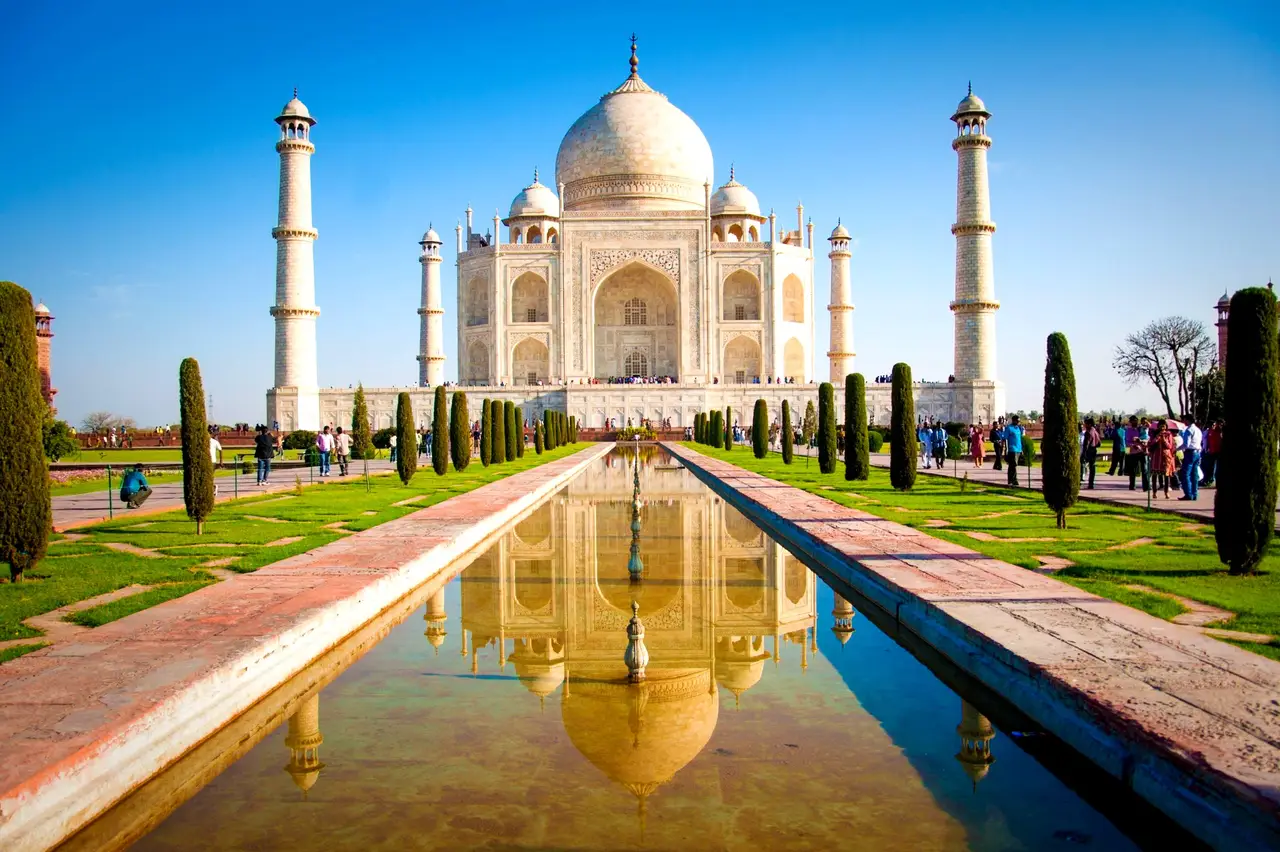
Few monuments symbolize love quite like the Taj Mahal in Agra. This ivory-white marble masterpiece, built by Emperor Shah Jahan as a tribute to his beloved wife Mumtaz Mahal, draws visitors from every corner of the globe. The tomb complex spans 42 acres along the Yamuna River, where perfectly manicured gardens and reflecting pools create mirror images of its famous domes. While photos of the Taj are everywhere, seeing it change colors as the sun moves across the sky – from soft pink at dawn to brilliant white at noon to warm orange at sunset – is an experience that can’t be captured in pictures. It’s best to visit early in the morning before the crowds arrive, when you can walk the grounds in relative peace and really take in the intricate details that make this 17th-century wonder so special.
Mind-Blowing Fact:
Ever dreamed of visiting one of the world’s most famous monuments built entirely for love? The Taj Mahal took over 22 years to complete and used more than 20,000 workers, with its perfectly symmetrical design serving as a grand memorial from Emperor Shah Jahan to his beloved wife Mumtaz Mahal.
Jaipur, Rajasthan

Known as the Pink City, Jaipur draws me back time and time again with its mix of old-world charm and modern energy. The capital of Rajasthan is where you’ll find yourself wandering through bazaars packed with textiles and jewelry, then turning a corner to discover a 300-year-old palace. The City Palace and Hawa Mahal still serve as reminders of the royal family that once ruled here, while the narrow lanes of the old city buzz with daily life, street food vendors, and craft workshops. It’s not just about checking off the main sights – the real magic happens when you slow down, sip masala chai with locals, and let the city’s stories unfold at their own pace.
Varanasi, Uttar Pradesh

Perched along the sacred Ganges River, Varanasi is one of India’s oldest living cities. Like many religious centers in India, it has its share of temples, holy sites, and bustling markets. But unlike the others, it feels like you’ve stepped into a different era entirely. Just watch the morning rituals along the ghats – the stone steps leading to the river – where locals and pilgrims gather at sunrise, and you’ll understand what I mean. Because of its deep spiritual significance in Hinduism, countless devotees have made this ancient city their final destination, and you’ll find endless narrow alleyways, centuries-old temples, and evening ceremonies that have remained unchanged for thousands of years.
Goa Beaches

With over 50 beaches stretching along India’s western coastline, Goa has long been a favorite escape for both locals and international travelers. This former Portuguese colony blends laid-back beach vibes with colonial architecture and a rich cultural heritage that’s hard to find anywhere else in India. From the bustling shores of Baga Beach to the quiet coves of Agonda, each stretch of sand has its own personality. It’s not just about lounging in the sun though – the beaches come alive with beachside markets, fresh seafood shacks, and water sports that’ll keep you busy for days. While the party scene draws plenty of visitors, I’ve found the real magic happens when you venture to the lesser-known southern beaches, where fishing villages and peaceful coastlines offer a glimpse into Goa’s more authentic side.
Kerala Backwaters

If there’s one experience in India that always brings a smile to my face, it’s drifting along the Kerala Backwaters. This network of interconnected canals, rivers, and lakes stretches for over 900 kilometers along India’s southwestern coast, where traditional houseboats called kettuvallams float lazily past coconut groves and small fishing villages. Life here moves at the pace of the water – slow and steady – as locals paddle their canoes between homes, and kingfishers dive for their next meal. While you can take quick day trips, the real magic happens when you spend a night or two on a houseboat, watching the sunset paint the water in soft oranges and pinks as your onboard chef prepares fresh fish curry for dinner.
Udaipur, Rajasthan

Step into a real-life fairytale in Udaipur, a city built around gleaming lakes and grand palaces. Known as the “City of Lakes,” it’s home to the spectacular City Palace, where you can wander through marble courtyards and rooms filled with colorful glass mosaics. Take a peaceful boat ride on Lake Pichola to see the famous Lake Palace Hotel, which appears to float on water. For the best sunset views, head to the Monsoon Palace perched high on a hill overlooking the city. The narrow streets of the old town are perfect for exploring local markets and watching artists at work on traditional Rajasthani paintings.
Ladakh, Jammu & Kashmir
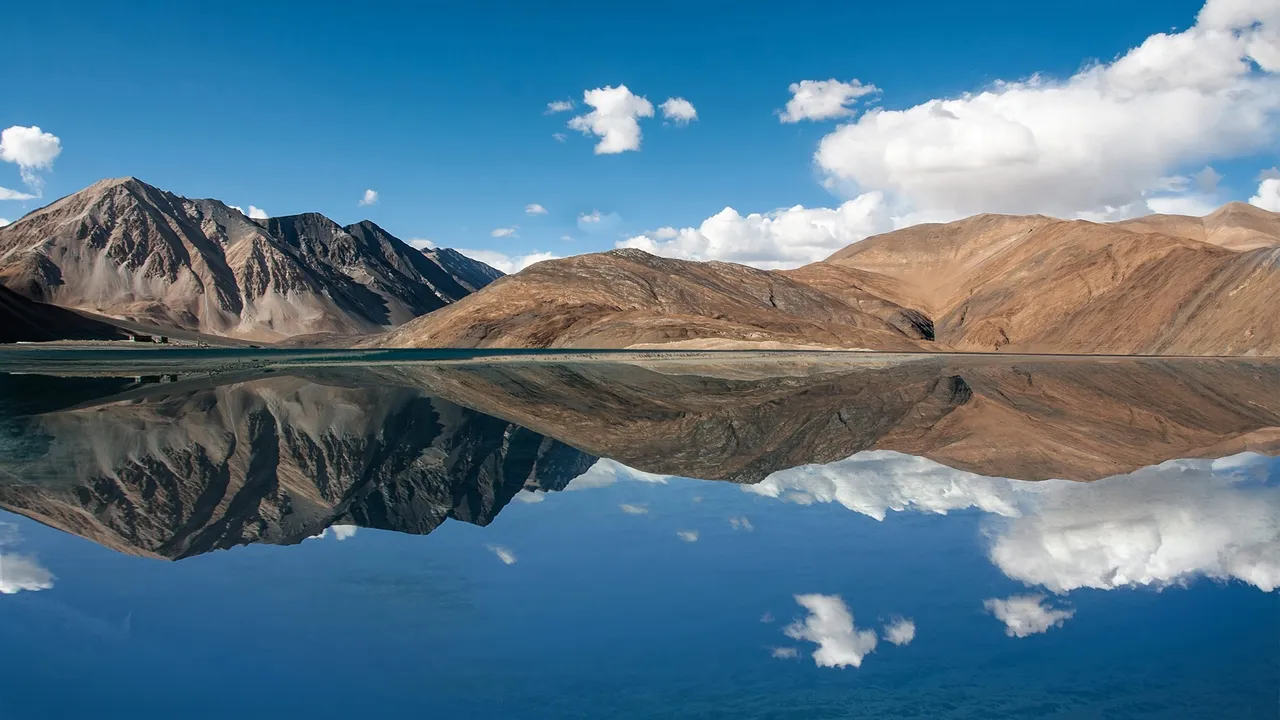
Experience the raw beauty of Ladakh, a high-altitude desert region that feels like another world entirely. The ancient Buddhist monasteries perched on rocky outcrops offer a glimpse into centuries-old traditions, while the clear blue lakes reflect the snow-capped Himalayas like mirrors. Take a camel safari through the Nubra Valley, where double-humped Bactrian camels traverse the sand dunes at 10,000 feet above sea level. For adventure seekers, the Chadar Trek across the frozen Zanskar River provides an unforgettable winter experience, while summer brings perfect conditions for mountain biking through remote villages and high passes.
Rishikesh, Uttarakhand

Step into the spiritual heart of India when you visit Rishikesh, a city nestled in the foothills of the Himalayas. Known as the “Yoga Capital of the World,” you’ll find numerous ashrams and meditation centers along the banks of the sacred Ganges River. Take part in the evening Ganga Aarti ceremony at Triveni Ghat, where hundreds gather to witness the ritual of light and prayer. For adventure seekers, the city offers world-class white water rafting experiences through rushing rapids, while the famous Beatles Ashram provides a glimpse into the band’s spiritual journey during their 1968 visit.
Hampi, Karnataka

Step back in time when you visit Hampi, an ancient city filled with crumbling temples and massive boulder formations. The UNESCO World Heritage site spreads across 16 square miles, with over 1,600 surviving structures from the once-mighty Vijayanagara Empire. Hop on a coracle boat ride across the Tungabhadra River to explore the ruins, or climb up Matanga Hill for sweeping views of the rocky landscape. For the best experience, catch the sunrise at Hemakuta Hill Temple Complex, where you can watch the first rays of light dance across the scattered ruins and weathered stones.
Golden Temple, Amritsar

The Golden Temple in Amritsar left me in awe like no other religious site I’ve visited in India. This sacred Sikh shrine, covered in real gold and surrounded by a peaceful pool of water, welcomes people of all faiths with open arms and free meals. Every day, thousands gather in its massive community kitchen to share a meal on the floor together – rich, poor, tourist, local – it doesn’t matter who you are. While the temple itself is beautiful during the day, I’d recommend visiting at night when the lights reflect off the water and create an almost dream-like scene. It’s not just a place of worship, but a symbol of equality and community that shows you a side of India that goes beyond what you might expect.
Ellora Caves, Maharashtra

One of my most memorable trips in India was exploring the Ellora Caves in Maharashtra back in 2019. A UNESCO World Heritage site, these 34 caves were painstakingly carved into the basalt cliffs between the 6th and 11th centuries. Buddhist, Hindu, and Jain temples exist side by side here, telling stories of different faiths coexisting peacefully through history. The Kailasa Temple, Cave 16, stands out as the largest monolithic structure in the world – craftsmen spent over 100 years carving it from top to bottom out of a single rock. Walking through these ancient corridors feels like stepping into a living textbook, with intricate carvings and pillars revealing tales of gods, demons, and everyday life from over a thousand years ago.
Khajuraho Temples, Madhya Pradesh
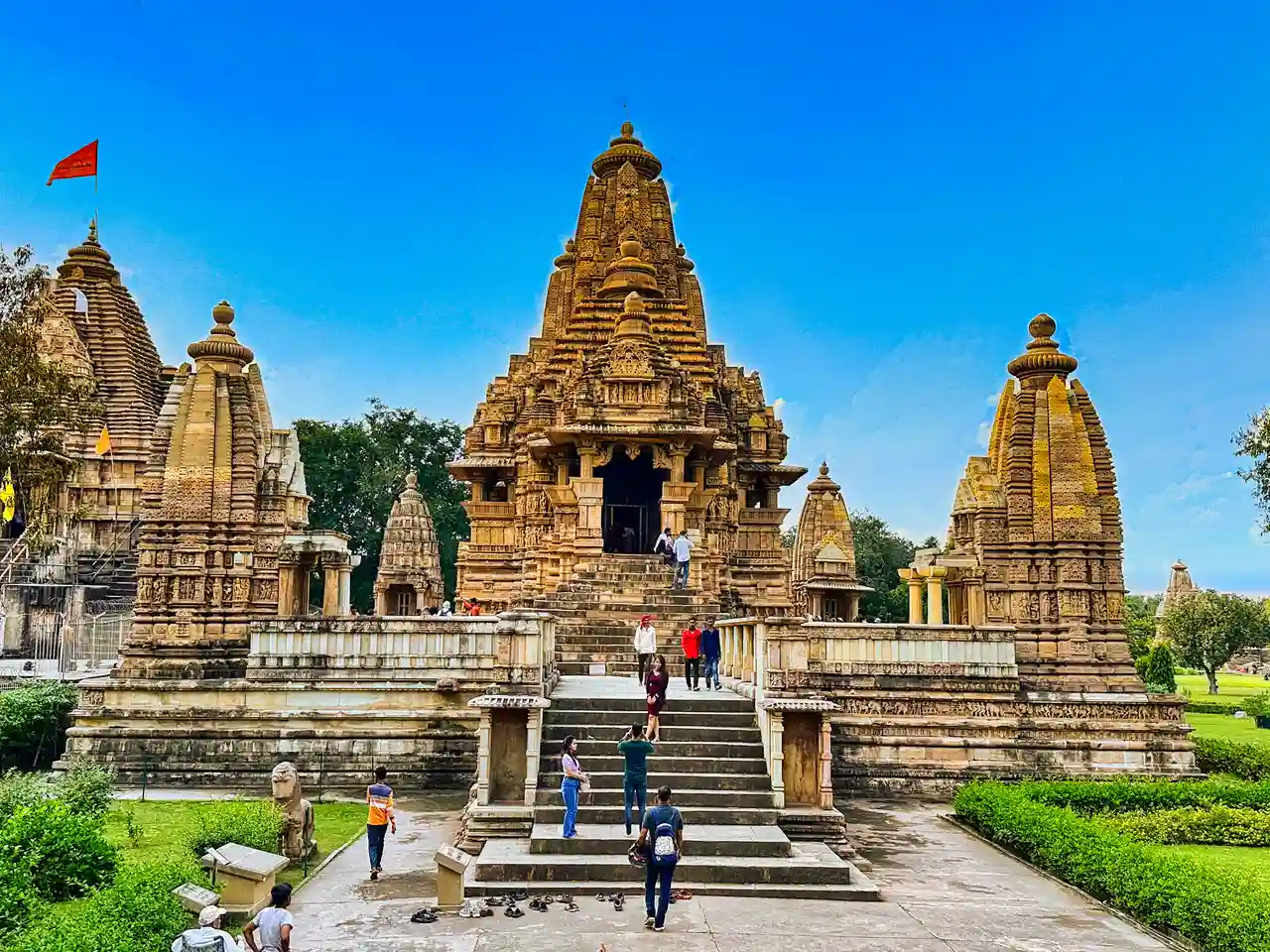
If you’re interested in India’s rich artistic heritage, the Khajuraho Temples in Madhya Pradesh are a must-visit spot. Built between 950 and 1050 CE, this UNESCO World Heritage site features 25 intricately carved temples known for their unique architecture and detailed sculptures depicting scenes from daily life, mythology, and human relationships.
Mysore Palace, Karnataka
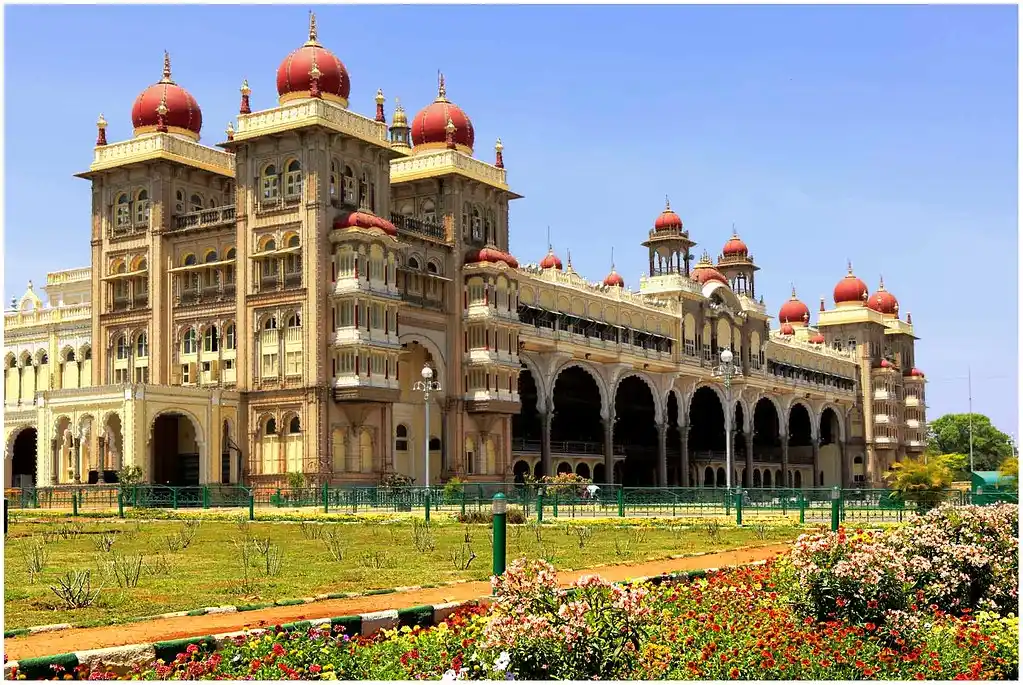
Ever wondered what it feels like to walk through a real-life fairytale palace? That’s exactly what you’ll experience at Mysore Palace, the former home of Karnataka’s royal family and India’s second most visited tourist site after the Taj Mahal. This architectural marvel, built in 1912, lights up at night with thousands of bulbs outlining its domes and arches against the dark sky. Inside, you’ll find yourself wandering through grand halls decorated with detailed paintings, intricate mirrors, and carved wooden doors that tell stories of the past. The best part? On Sundays and holidays, the palace transforms into a glittering spectacle during its famous light show, drawing crowds from all over India who come to see this Indo-Saracenic wonder in all its glory.
Rann of Kutch, Gujarat
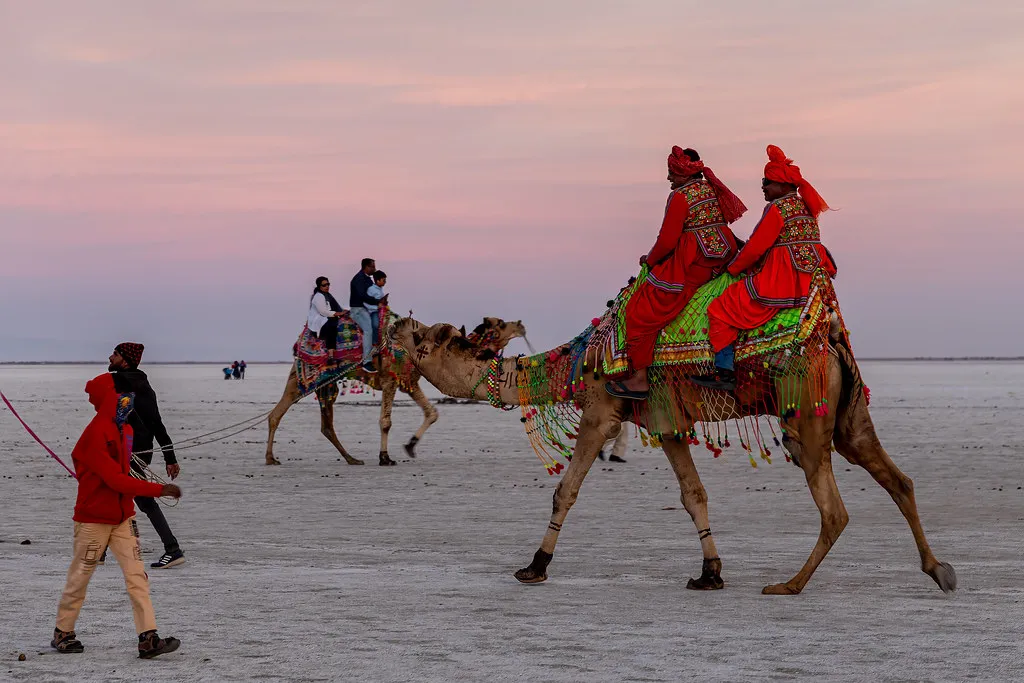
Visitors flock to the Rann of Kutch for its vast white salt desert, one of the largest salt deserts in the world, but this region offers much more than just its famous salt flats. The area comes alive during the winter months when the Rann Utsav festival brings together local artisans, musicians, and dancers to celebrate the unique culture of Gujarat. While the salt desert is particularly magical under a full moon, the surrounding villages showcase traditional handicrafts like intricate embroidery and mirror work. You can spot wild animals like flamingos and wild asses in the nearby Little Rann, making this destination a natural draw for wildlife enthusiasts throughout the year.
Valley of Flowers, Uttarakhand
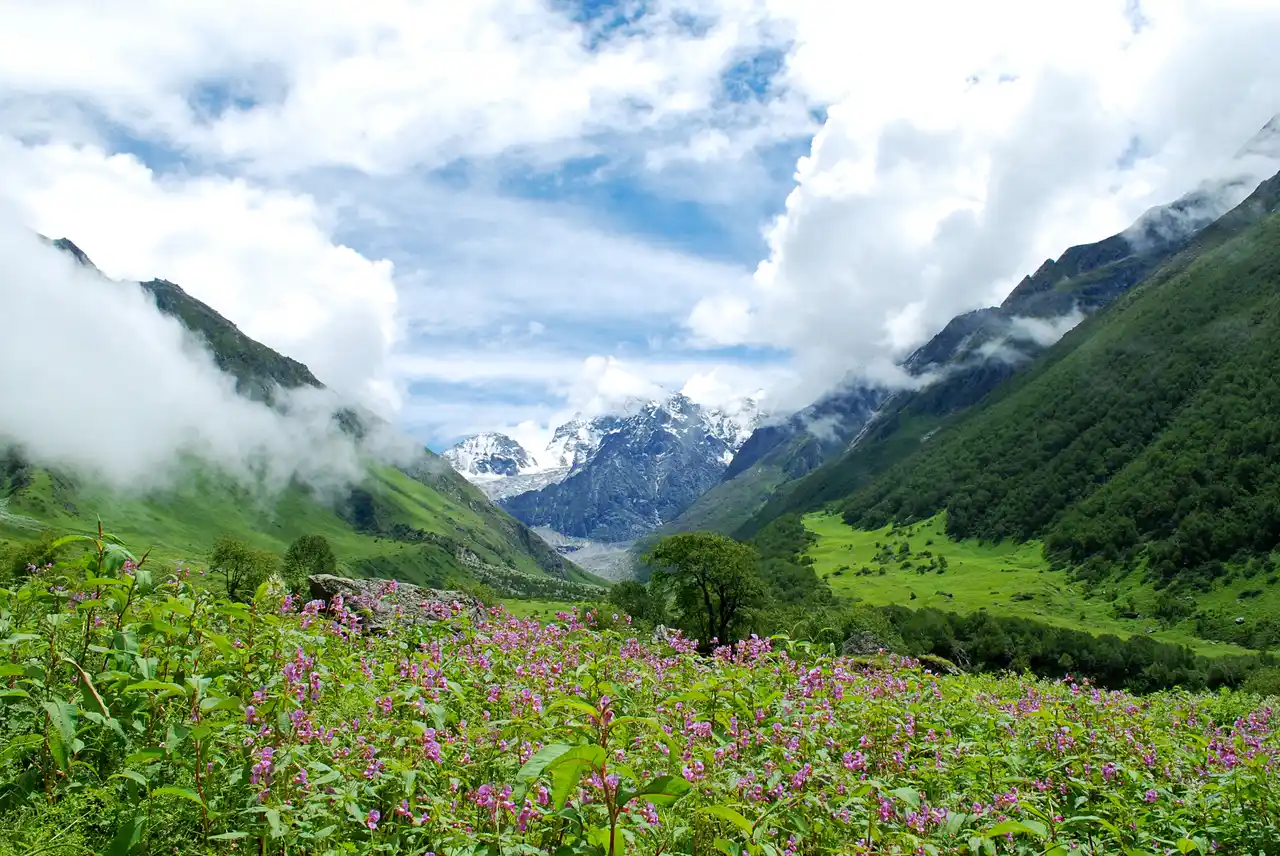
Nestled in the high-altitude meadows of Uttarakhand lies the Valley of Flowers, a hidden paradise that comes alive during the monsoon season. Unlike the crowded tourist spots in India, this UNESCO World Heritage site feels like nature’s own secret garden. Just imagine walking through endless fields of alpine flowers, with snow-capped Himalayan peaks rising in the background – it’s the kind of place that makes you forget about your phone’s existence. Because of its remote location and seasonal accessibility, the valley remains remarkably untouched. Local guides will tell you about the rare blue poppies and medicinal herbs that carpet the valley floor, while pointing out the occasional bharal (blue sheep) grazing on distant slopes. The 6-kilometer trek to reach the valley might leave you a bit out of breath, but that’s part of what keeps this natural wonder so pristine.
Darjeeling, West Bengal
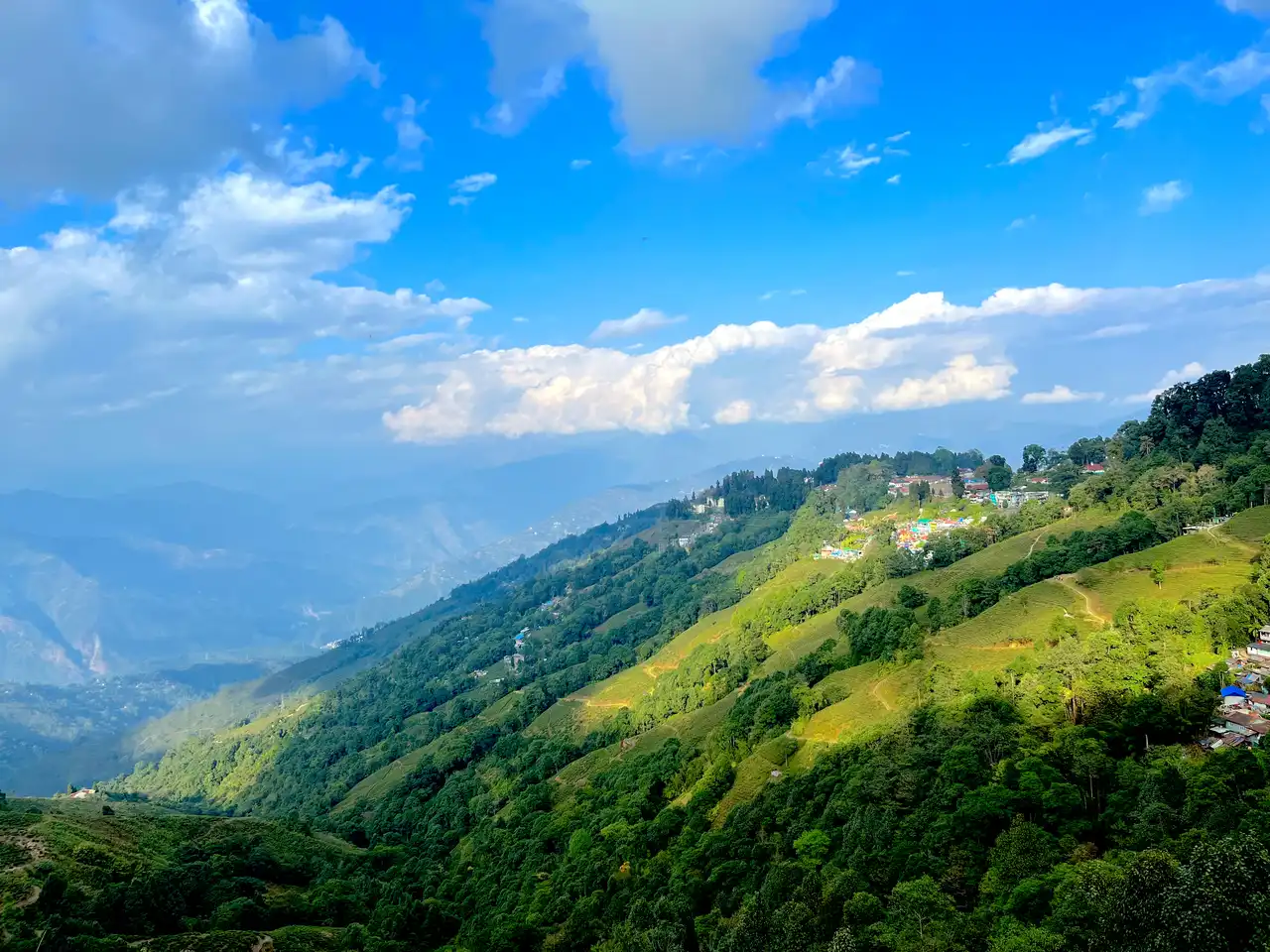
Many travelers head to Darjeeling for its world-famous tea plantations, but this hill station in West Bengal offers much more than just perfectly brewed cups. Sitting at the foot of the Himalayas, the town provides clear views of Mount Kanchenjunga, India’s highest peak, while the narrow-gauge Darjeeling Himalayan Railway – a UNESCO World Heritage site – winds through the mountains like a toy train from a bygone era. Between April and June, visitors can trek through rhododendron forests, explore Buddhist monasteries, or simply wander the colonial-era architecture that dots the hillsides. While tea gardens remain the main draw, you’ll find plenty to fill your days here whether you’re visiting the Padmaja Naidu Himalayan Zoological Park or sampling local momos at the busy Chowrasta Market.
Bet You Didn’t Know:
Did you know that Darjeeling’s famous toy train, built in 1881, still chugs along narrow mountain tracks and is now a UNESCO World Heritage site? This historic railway journey takes you through misty tea gardens and offers views of Mount Kanchenjunga, the world’s third highest peak, making it one of India’s most memorable train rides.
Ajanta Caves, Maharashtra

The Ajanta Caves in Maharashtra take me back in time like no other place in India. These 30 rock-cut caves, carved into the side of a horseshoe-shaped cliff, tell stories from Buddhist teachings through intricate paintings and sculptures that have somehow survived since the 2nd century BCE. Walking through the dim corridors feels like stepping into an ancient art gallery, where every wall has a tale to tell. It’s not the easiest place to reach – you’ll need to brave a winding road through the Deccan plateau – but seeing these remarkably preserved cave temples makes every bump in the journey worth it. The way the afternoon light filters through the cave entrances, illuminating centuries-old artwork, is something that stays with you long after you’ve left.
Sundarbans National Park, West Bengal
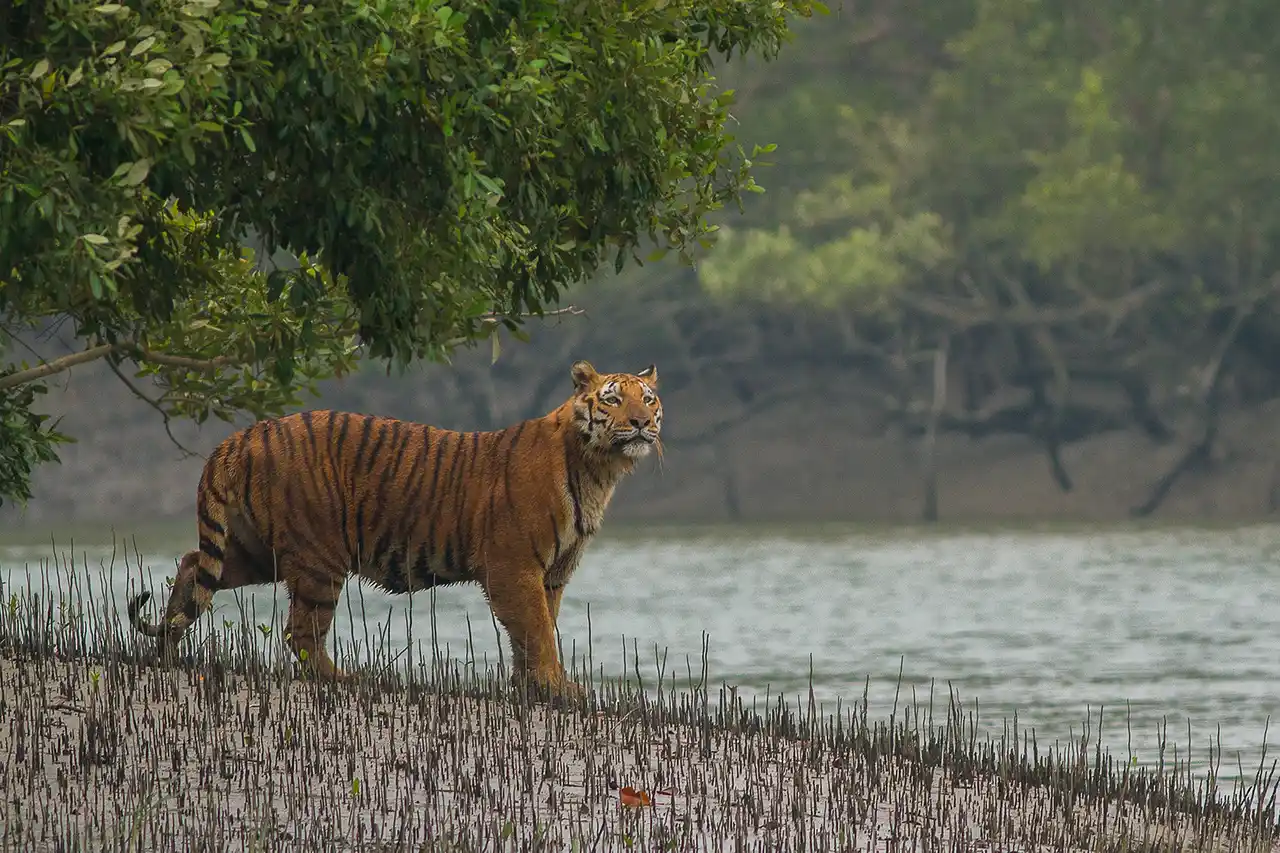
Wildlife enthusiasts flock to the Sundarbans National Park in West Bengal to explore one of the world’s largest mangrove forests and catch a glimpse of the famous Bengal tigers. This UNESCO World Heritage site spans across India and Bangladesh, creating a unique ecosystem where land meets sea. The maze of waterways and islands provides a home for diverse wildlife including spotted deer, crocodiles, and hundreds of bird species. While many visitors come specifically for tiger spotting, the park offers plenty of other activities like boat safaris through the narrow channels, visiting local fishing villages, and learning about the distinct mangrove ecosystem. The best time to explore is between November and February when the weather is pleasant, but the Sundarbans remains an important year-round refuge for both wildlife and nature lovers seeking to understand this remarkable delta region.
Konark Sun Temple, Odisha

Architecture enthusiasts and history buffs flock to the Konark Sun Temple in Odisha, an ancient marvel that dates back to the 13th century. The temple, designed in the shape of a massive chariot with intricate wheels and horses, stands as a testament to the remarkable craftsmanship of medieval Indian architects. While many come to marvel at the famous stone wheels that act as sundials, the temple complex offers much more – from detailed carvings depicting daily life in ancient India to the nearby Chandrabhaga beach where visitors can unwind after exploring the ruins. Though partially in ruins, the temple remains an active place of worship and hosts the annual Konark Dance Festival, which brings together classical dancers from across India to perform against the backdrop of this architectural wonder.
Hawa Mahal, Jaipur
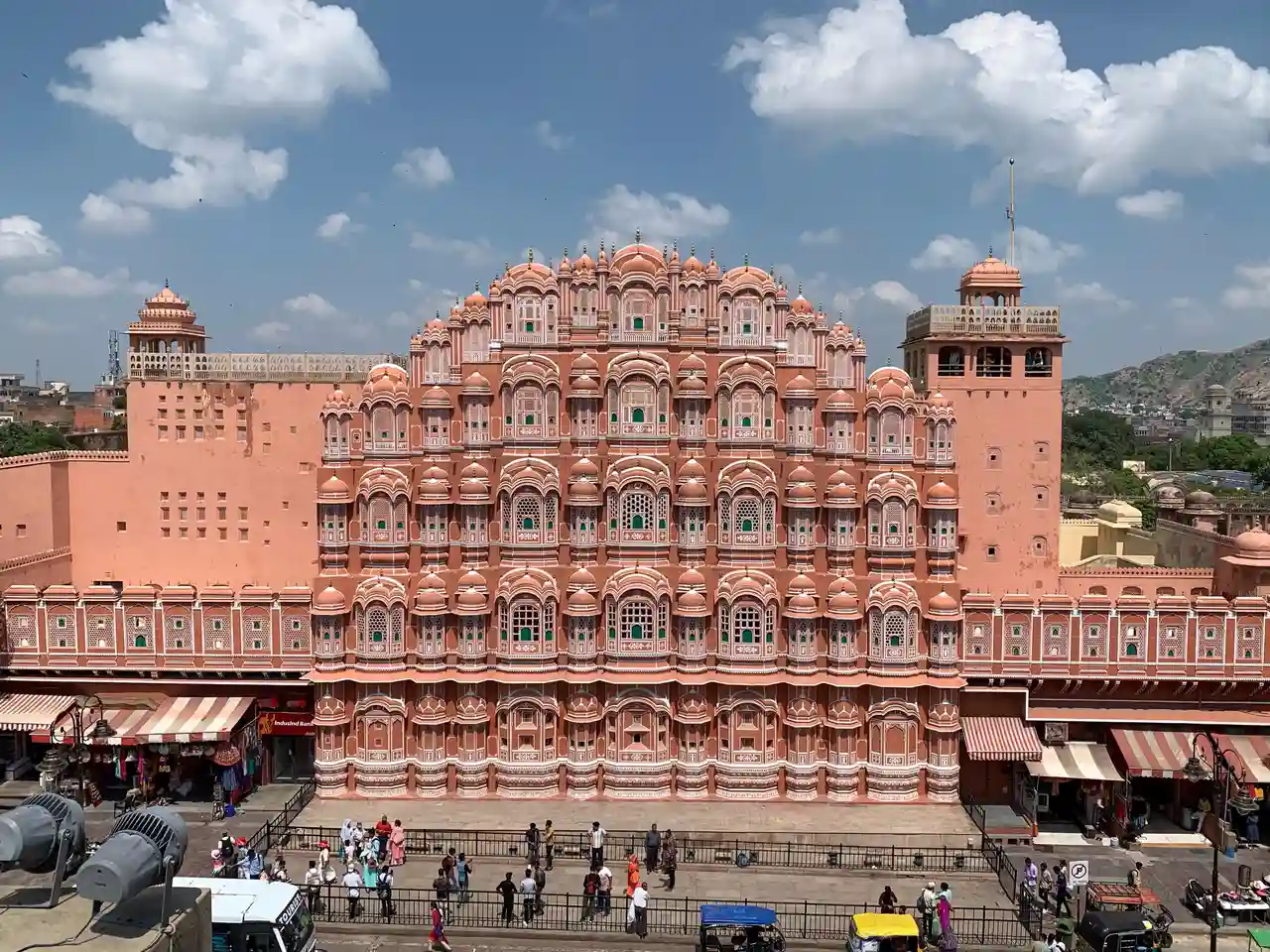
Of all the architectural wonders I’ve seen in India, the Hawa Mahal in Jaipur stands out as something truly special. This five-story pink sandstone palace, built in 1799, looks like a giant honeycomb with its 953 small windows dotting the facade. These windows, or ‘jharokhas’ as they’re called, weren’t just for show – they allowed royal women to observe street festivals and daily life without being seen by the public. It’s not a massive structure – just 50 feet deep in most places – but what it lacks in depth it makes up for in clever design and cultural significance. The way the windows catch the breeze earned it the nickname “Palace of Winds,” and even today, walking through its corridors feels like stepping into a piece of living history.
Fatehpur Sikri, Uttar Pradesh

Fatehpur Sikri caught my eye during my first journey through Uttar Pradesh in 2019. This abandoned Mughal city, sitting about 40 kilometers from Agra, tells the fascinating story of Emperor Akbar’s short-lived capital. Red sandstone buildings spread across the hilltop, where ornate palaces and courtyards stand frozen in time since the 16th century. The Buland Darwaza, one of India’s tallest gateways, welcomes visitors into this ghost city, while the marble tomb of Sufi saint Salim Chisti still draws pilgrims who tie threads to its latticed screens for blessings. Walking through the quiet streets today, it’s hard to imagine this was once a bustling imperial city, complete with royal quarters, public halls, and the grand Jama Masjid mosque that continues to dominate the skyline.